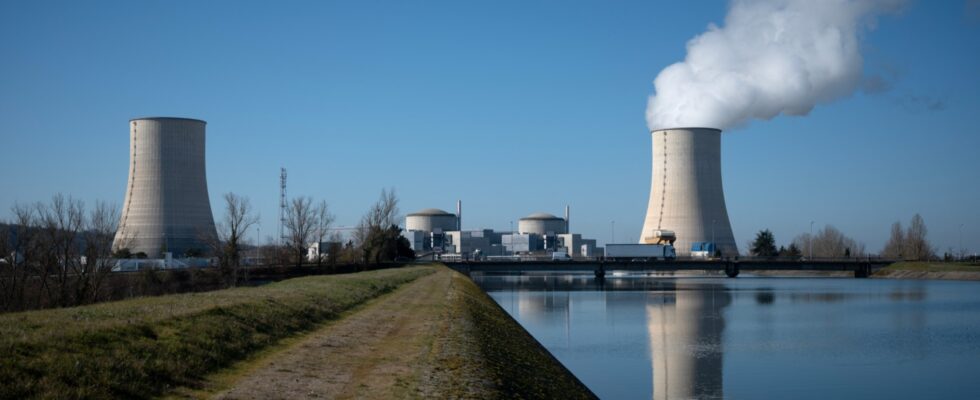In nuclear countries, the organization of safety can be built on different models. However, common principles are found, notably the distinction between those who decide the fate of the power plants and those who carry out the assessments. This distinction is at the heart of the controversial reform launched in France, which aims to merge the expert (the IRSN) and the decision-maker (the ASN).
Since the 1980s in the United States, then the 1990s in France, a separation has been organized between scientific evaluation (expertise) and political risk management (decision), observes nuclear historian Michaël Mangeon. “This demarcation is at the heart of the search for legitimacy and trust of the organizations responsible for risk management. The objective is to preserve scientific expertise so that it is not ‘polluted’ by issues linked to the decision (political, economic, industrial issues, etc.)”, he explains, noting that this separation “can take various organizational forms”.
Take inspiration from the American model
Thus the United States has a unique institution, the Nuclear Regulatory Commission (NRC), created in 1974, independent of the government and accountable only to Congress. It assesses the safety of power plants and makes decisions on upgrades, closures, etc. To build a reactor, you also need the green light from local authorities. “The NRC is the only competent agency, with different offices carrying out different functions within it,” explains a spokesperson.
The French government often cites the example of the American “integrated model” for its reform. But the NRC must submit its assessments for (advisory) opinion to an independent entity, the Advisory Committee on Reactor Safeguards (ACRS), composed of experts. It is also based on the expertise of external, academic or industrial laboratories. Furthermore, the meetings of the college of five decision-making commissioners are public, as in Canada, but not in France.
Other tracks
The various safety institutions existing before the 2011 Fukushima accident in Japan have all been integrated into the Nuclear Regulatory Authority (NRA). One of them, reporting to the Ministry of the Economy, responsible for nuclear energy among other energies, had been particularly targeted by criticism for conflicts of interest. Today, the NRA is made up of two entities, reporting to five commissioners: Licensing and Oversight, with 150 and 180 expertise managers. Since then, the independence of the NRA has generally not been a matter of controversy.
Historically, Belgium has always had two entities, before considering in 2008 to bring them together under the same umbrella, then finally giving up, explained to AFP Benoît De Boeck, former general director of Bel V, the Belgian IRSN . “On paper, only one was ‘more elegant’,” he says. But “what did we have to gain from it? Ultimately, it was not clear… Above all, the transition risked creating damage for years, first of all by driving away some of the experts. But losing experts can happen quickly , recruiting them can take years.”
